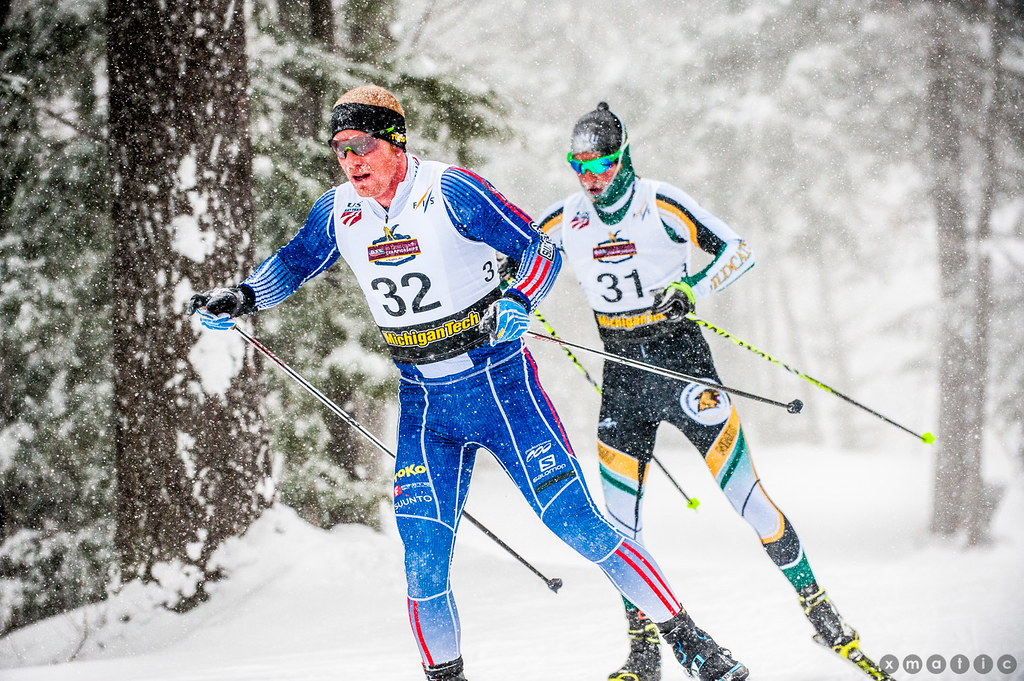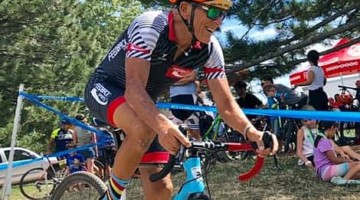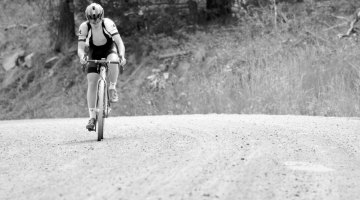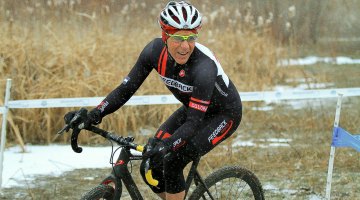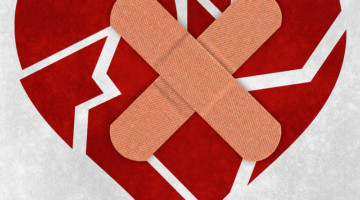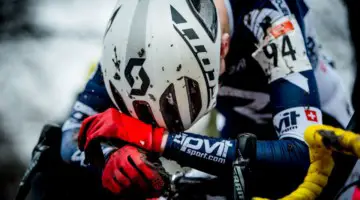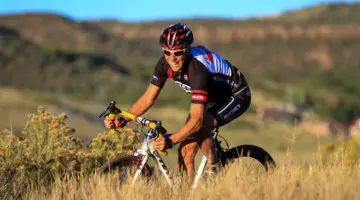The Spring Classics are here, but in many parts of the country, it still looks like winter, thanks to late winter storms. Here on the eastern slope of Colorado, in Denver, my house no longer feels like the inside of our refrigerator. I’ve even been able to take the dog out for a run. He, like the rest of us, has been suffering from cabin fever. It’s also become increasingly more challenging to face my trainer. Let’s face it, no matter how realistic the ride feels on your particular choice of equipment, no matter how challenging and entertaining what you see on the screen in front of you is, or how motivating the music, it can’t compare to feeling the sun on your face and hearing the tires hum on the pavement (or gravel).
So, what’s to be done? If you share the same struggle, if what I’ve just written resonates with what you’re feeling today, consider some late-season Nordic skiing as an alternative.
I understand that some of you don’t live near snow and don’t have the easy access that I do. In that case, consider a week or two at a ski resort for a mental break from the bike. Late season spring skiing can be the best. The snow base is typically deep, the crowds are gone, and sometimes you can even go out in shorts and short sleeves. And often, trail passes are discounted!
Before I discovered bike racing I spent all of my wintertimes on alpine skis. For thirteen years I taught skiing. On the odd occasion when someone would convince me to take a day off and switch to skinny skis I came away from the experience underwhelmed. Waxing was hard and I never quite got it right. I never connected with the feeling I got skiing downhill and so for a long time, I ignored the Nordic experience.
Time passed. I got a real job, had kids, ran out of time to ski as much. The sport changed around me and I was no longer as interested as I’d been. It got to the point where I had no patience for long lift lines and 2-3 hour drives home after a day of skiing. Bike racing became a bigger and bigger part of my life and I felt as if wintertime just meant losing the hard-won fitness that I had in September.
I had read about Greg Lemond’s winter training regimen which included a healthy dose of cross-country skiing. I started to reconsider. Articles in a variety of cycling publications talked about the winter training of many pro teams and Nordic skiing seemed to be popular among many. And then of course, what better proof of the value of winter skiing in Cyclocross Worlds medalist Kateřina Nash (Hanušová), who first was an Olympian in Nordic skiing?
Slowly but slowly I started to rethink my attitude towards skinny skiing. Alpine skiing simply didn’t fit into my lifestyle any longer. My then-wife convinced me to try cross-country skiing and so for a few years we worked to tone our kick and glide. The benefits of Nordic skiing started to become apparent to me. My heart rate went up when I skied. At the end of the day, I felt as if I’d gotten as much training in as if I’d been on the bike. I was also reminded of what it had been about downhill skiing that I loved when I began: the beauty of the mountains in the winter and the quiet, something that had long disappeared from the experience of lift-serviced skiing.
Then came skating. It looked dynamic as opposed to the graceful motion of the classic cross country technique that I had been spending time on. It was time to give it a try.
We signed up for private lessons at our favorite Nordic area. Ten minutes into that first lesson and it became apparent that this was what I had been looking for! By the end of the day, I felt as if I’d had a hard day of training.
I’ll spare you all of the blow-by-blow gory details of my learning process; two steps forward, one step back. Suffice it to say, the learning curve is vertical, or at least it was for me. I dabbled with skate skiing on and off for many years. Some years I skied a lot, other years very little. But I found myself enjoying it more and more, in spite of the frustration of learning the technique. And I don’t think I need to worry about Lemond’s famous complaint of putting on too much upper body muscle.
Three years ago I finally made the commitment to ski seriously. As soon as Cyclocross Nationals were behind me, the skis came out. And something interesting happened. I got better. The better I got, the longer I could ski without falling all over myself or collapsing with exhaustion. This season I can finally ski for extended periods of time, comfortably. It was time now to see if skate skiing is actually as hard as it feels and so a couple of weeks ago I decided to track my heart rate. Here’s where the connection to winter training on the bike comes in.
As hard as I try, riding my trainer and elevating my heart rate is a challenge. It seems that it’s a challenge to reach the zones I need to train in while riding indoors. On skate skis, however, the exact opposite is true. I can’t seem to keep my heart rate under control. Unless I’m going downhill I’m always vacillating between tempo and threshold. The added bonus is that I’m not creating pools of sweat on my bike doing it. And, I’m outside in some of the most beautiful settings you can imagine. I love the solitude that a day on XC skis provides me.
Simply put, cross-country skiing fills every need I have, plus I’m mentally fresher to train on the bike. I’m a convert. Hey, I may even try some Nordic racing next season. I may even try the classic technique again. One never knows.
I usually end my ramblings by reminding you to go for a ride. Today is different. Go skiing! And hurry before all the snow melts.













